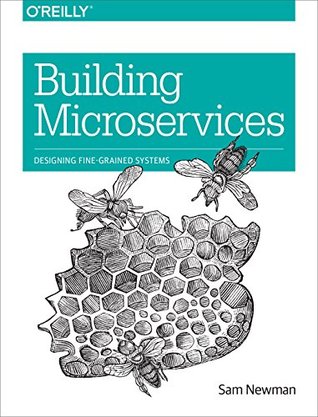More on this book
Community
Kindle Notes & Highlights
by
Sam Newman
Read between
June 18 - July 12, 2019
Independently Deployable We should always strive to ensure that our microservices can and are deployed by themselves. Even when breaking changes are required, we should seek to coexist versioned endpoints to allow our consumers to change over time.
By adopting a one-service-per-host model, you reduce side effects that could cause deploying one service to impact another unrelated service. Consider using blue/green or canary release techniques to separate deployment from release, reducing the risk of a release going wrong. Use consumer-driven contracts to catch breaking changes before they happen.
Isolate Failure A microservice architecture can be more resilient than a monolithic system,
than before. When using network calls, don’t treat remote calls like local calls, as this will hide different sorts of failure mode. So make sure if you’re using client libraries that the abstraction of the remote call doesn’t go too far.
we hold the tenets of antifragility in mind, and expect failure will occur anywhere and everywhere, we are on the right track. Make sure your timeouts are set appropriately. Understand when and how to use bulkheads and circuit breakers to limit the fallout of a failing component.
Highly Observable We cannot rely on observing the behavior of a single service instance or the status of a single machine to see if the system is functioning correctly. Instead, we need a joined-up view of what is happening. Use semantic monitoring to see if your system is behaving correctly, by injecting synthetic transactions into your system to simulate real-user behavior. Aggregate your logs, and aggregate your stats, so that when you see a problem you can drill down to the source. And when it comes to reproducing nasty issues or just seeing how your system is interacting in production,
...more
When Shouldn’t You Use Microservices? I get asked this question a lot. My first piece of advice would be that the less well you understand a domain, the harder it will be for you to find proper bounded contexts for your services.
So if you’re coming to a monolithic system for which you don’t understand the domain, spend some time learning what the system does first, and then look to identify clean module boundaries prior to splitting out services.


